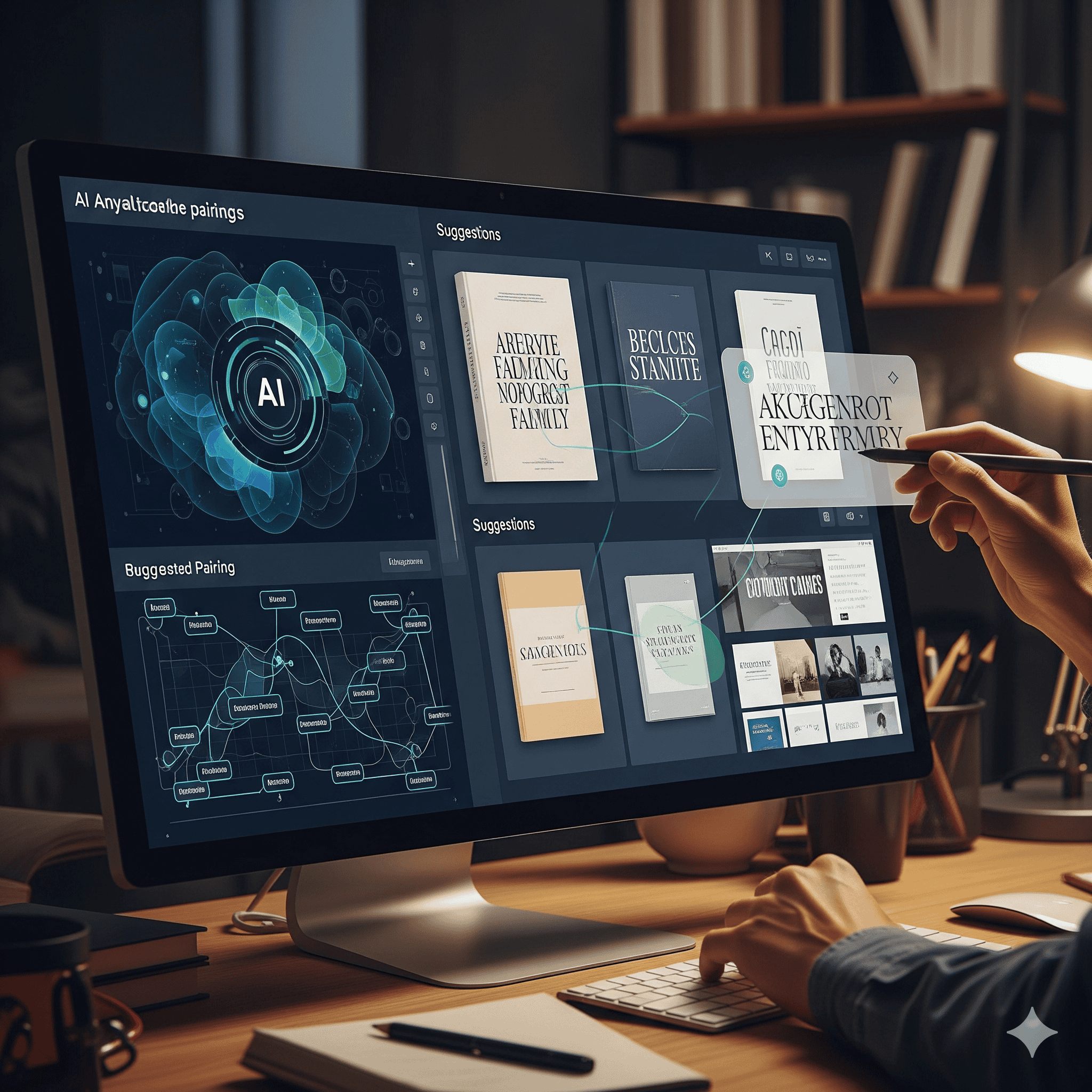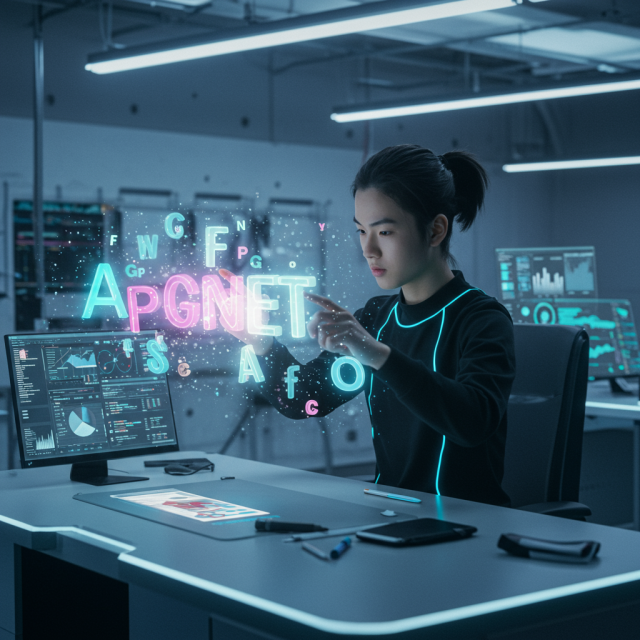Typography has always been at the heart of graphic and digital design. The choice of typeface, spacing, and hierarchy influences readability, brand identity, and emotional engagement. With the rise of artificial intelligence, typography is undergoing a paradigm shift—one that empowers designers to explore innovative layouts, generate custom fonts, and optimize text for diverse platforms. In this post, we’ll dive deep into how AI-driven typography is shaping the future of creative design, delivering efficiency, personalization, and fresh visual languages.
The Evolution of Typography in the Digital Age
From metal type and letterpress to desktop publishing and responsive web fonts, typography has continually evolved alongside technology. The digital era introduced scalable vector fonts, web font services, and dynamic styling via CSS. Yet, manual font selection and manual kerning remained labor-intensive tasks. Designers relied on experience and eye-based adjustments to refine text compositions. As content demands multiplied—spanning websites, mobile apps, interactive installations, and AR/VR interfaces—the need for smarter typographic solutions became clear.
How AI is Transforming Typography
Intelligent Font Selection and Pairing

AI algorithms can analyze your project’s tone, color palette, and brand values to recommend complementary typeface pairings. By processing vast font libraries and design patterns, these systems suggest combinations that balance contrast, readability, and style. This not only saves time but also exposes designers to less-common typefaces that perfectly match a project’s mood.
Automated Kerning and Spacing
Kerning—adjusting the space between individual characters—can make or break a design. Traditional methods rely on manual tweaks or built-in font metrics, which might not account for context or specific layout constraints. AI-driven tools, on the other hand, use neural networks to assess character shapes and surrounding elements, automatically refining spacing for optimal legibility and aesthetics across different sizes and resolutions.
Dynamic Typeface Generation
Perhaps the most revolutionary advancement is AI-powered font generation. Leveraging deep learning, these models can create custom typefaces by learning from existing designs or by following user-defined parameters—such as style, weight, and language support. Designers can rapidly iterate on unique fonts that reinforce brand identity, without the months-long process of manual type design.
Benefits for Creative Designers and Brands
Integrating AI-driven typography offers multiple advantages:
- Enhanced Efficiency: Automating repetitive tasks like font pairing and kerning frees designers to focus on high-level creative strategy and storytelling.
- Greater Personalization: Custom fonts and adaptive type ensure messages resonate with target audiences, driving better engagement and brand recall.
- Consistency Across Platforms: AI can standardize typographic rules—such as line lengths, hierarchy, and responsive scaling—across print, web, and mobile.
- Accessibility Optimization: Intelligent tools can assess color contrast and legibility, suggesting adjustments that meet accessibility standards for visually impaired users.
Practical Use Cases and Tools
Several industry-leading tools harness AI for typography:
- Adobe Sensei: Integrates intelligent font search and typography suggestions within Adobe Creative Cloud apps.
- Fontjoy: Uses machine learning to recommend harmonious font pairs based on Google Fonts data.
- Typestry: Employs AI to generate new typeface variations from user sketches or sample fonts.
- Google Font Animator: Automates dynamic text animations and responsive scaling, ensuring crisp typography on any device.
Designers can experiment with these tools to streamline their workflow and unlock new typographic possibilities.
Best Practices for Integrating AI Typography
To harness AI-driven typography effectively, follow these guidelines:
- Balance Creativity and Automation: Use AI suggestions as a starting point, then apply your creative judgment to refine spacing, hierarchy, and style.
- Test Across Devices: Ensure AI-generated fonts render correctly on different screens and resolutions, from high-density mobile displays to large-format prints.
- Maintain Brand Consistency: Establish typographic rules—such as primary and secondary fonts, size scales, and color pairings—and train AI tools on brand assets.
- Prioritize Accessibility: Use AI to check for readability issues, such as low contrast or small font sizes, and adjust accordingly.
- Collaborate and Iterate: Involve stakeholders in evaluating AI-driven typography. Gather feedback, test user responses, and iterate to achieve the best outcomes.
Future Trends in AI-Driven Typography
Looking ahead, we can expect:
- Augmented Reality Type: AI will enable live text overlays that adapt to real-world environments, enhancing AR experiences with dynamic labels and informational graphics.
- Voice-to-Type Design: Combining natural language processing with typographic design, tools will allow designers to describe desired styles verbally and generate matching fonts.
- Emotionally Adaptive Typography: By analyzing user engagement and biometric feedback, AI systems could tweak fonts and layouts in real time to elicit specific emotional responses.
Conclusion: Embracing the Future of Typography
AI-driven typography represents a transformative frontier in creative design. By blending algorithmic efficiency with human artistry, designers can craft compelling visual narratives that resonate across platforms. As AI tools continue to evolve, typographic innovation will accelerate—unlocking new levels of personalization, accessibility, and brand expression. Now is the time to explore these smart font technologies and integrate them into your creative process.
Ready to revolutionize your design workflow? Dive into AI-driven typography tools today and watch your creative potential soar.









